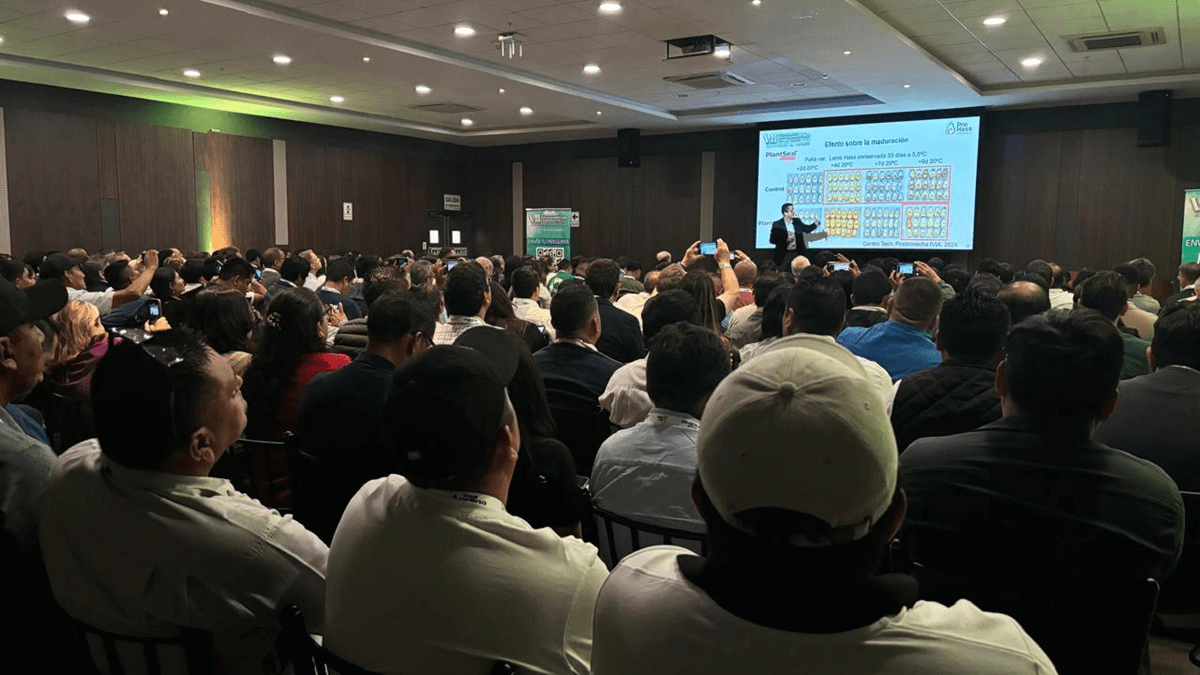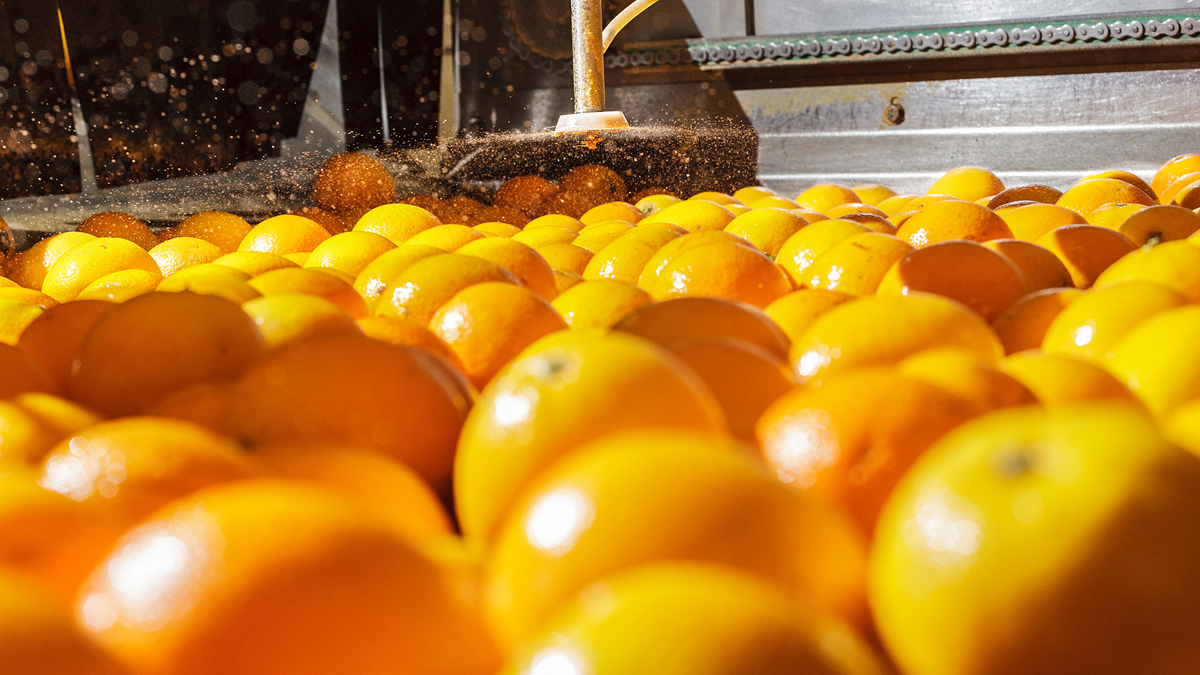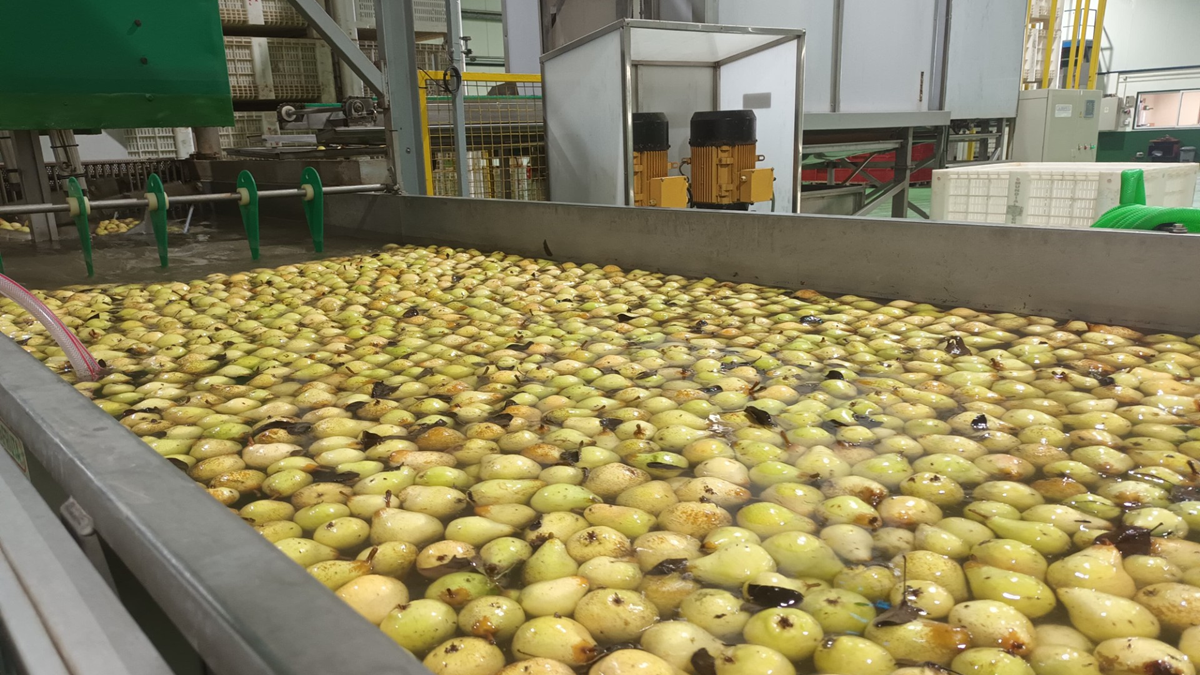Phytosanitaries
Characterization and control of ?bottom box water spot?, a new citrus rind disorder in Spain
Citrus fruit rind disorders appear in many instances during postharvest handling and storage. In November of 2010 a rind disorder was observed in clementines and satsuma mandarins in Spain. The disorder symptomatically resembled the mandarin water spot that typically occurs in Spain associated with senescent fruit, but in this case it was affecting non-senescent and still greenish fruit. It appeared fundamentally in fruit to fruit contact rind areas or in fruit to harvest box contact rind areas. Incidence of the disorder was usually below 5% of the fruit. Typically, the disorder appeared only in fruit treated
18 April, 2023
Citrus fruit rind disorders appear in many instances during postharvest handling and storage. In November of 2010 a rind disorder was observed in clementines and satsuma mandarins in Spain. The disorder symptomatically resembled the mandarin water spot that typically occurs in Spain associated with senescent fruit, but in this case it was affecting non-senescent and still greenish fruit. It appeared fundamentally in fruit to fruit contact rind areas or in fruit to harvest box contact rind areas. Incidence of the disorder was usually below 5% of the fruit. Typically, the disorder appeared only in fruit treated with a drencher fungicide treatment. We present a first characterization of this disorder called bottom box water spot. The disorder can be reduced or suppressed by using a treatment with a proprietary biostimulant formulation named Fortisol®Ca. In industrial scale trials, 1% biostimulant completely controlled the disorder when added to a imazalil+guazatine (IMZ+GZT) drench solution and also when added to a triple combination of both fungicides plus thiabendazole (TBZ) drench solution. Trials in the laboratory established the dose response for the biostimulant when counteracting the effect of the fungicidal suspensions in Lanelate, Powell and Valencia oranges; Murcott and Fortune mandarins; and Primafiori and Verna lemons. The disorder was caused by concentrations above the recommended dose of either IMZ or GZT fungicides. Except for IMZ damage on Fortune, we found a clear relationship between the dose of biostimulant added to the solution and the reduction of bottom box water spot; these relationships adjusted to polynomial equations with R2>0.90. In more practical terms, we found that concentrations higher than 0.8 or 1.0% were enough to control this disorder in most of the cultivars tested.ACCESS TO THE PAPER SourceCharacterization and control of bottom box water spot, a new citrus rind disorder in SpainB. Orihuel-Iranzoa, I. Navarro, J. Breto? and M.C. Mottura, Department of Postharvest Technology, Productos Citrosol SAActa Hortic. 1194. ISHS 2018. DOI 10.17660/ActaHortic.2018.1194.174Proc. VIII International Postharvest Symposium:Enhancing Supply Chain and Consumer Benefits Ethical and Technological IssuesEds.: F. Artés-Hernández et al












